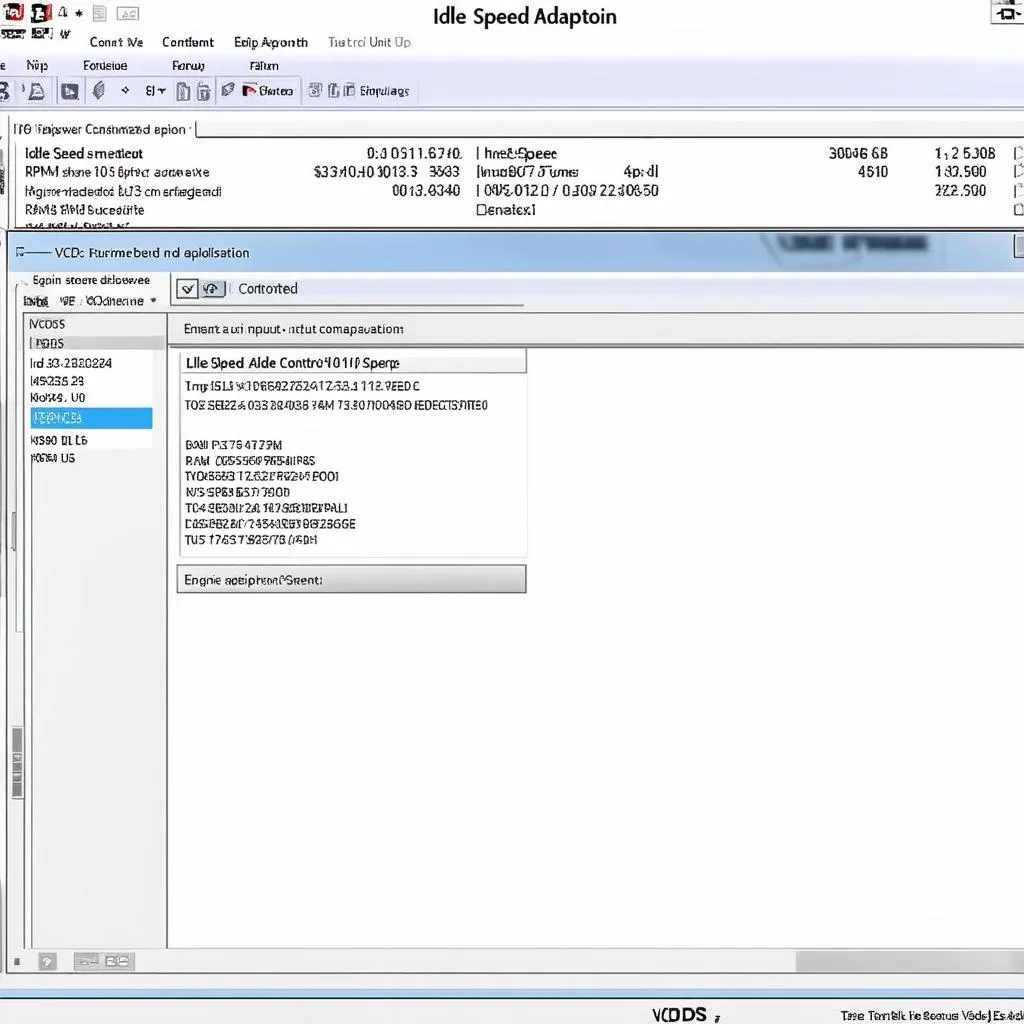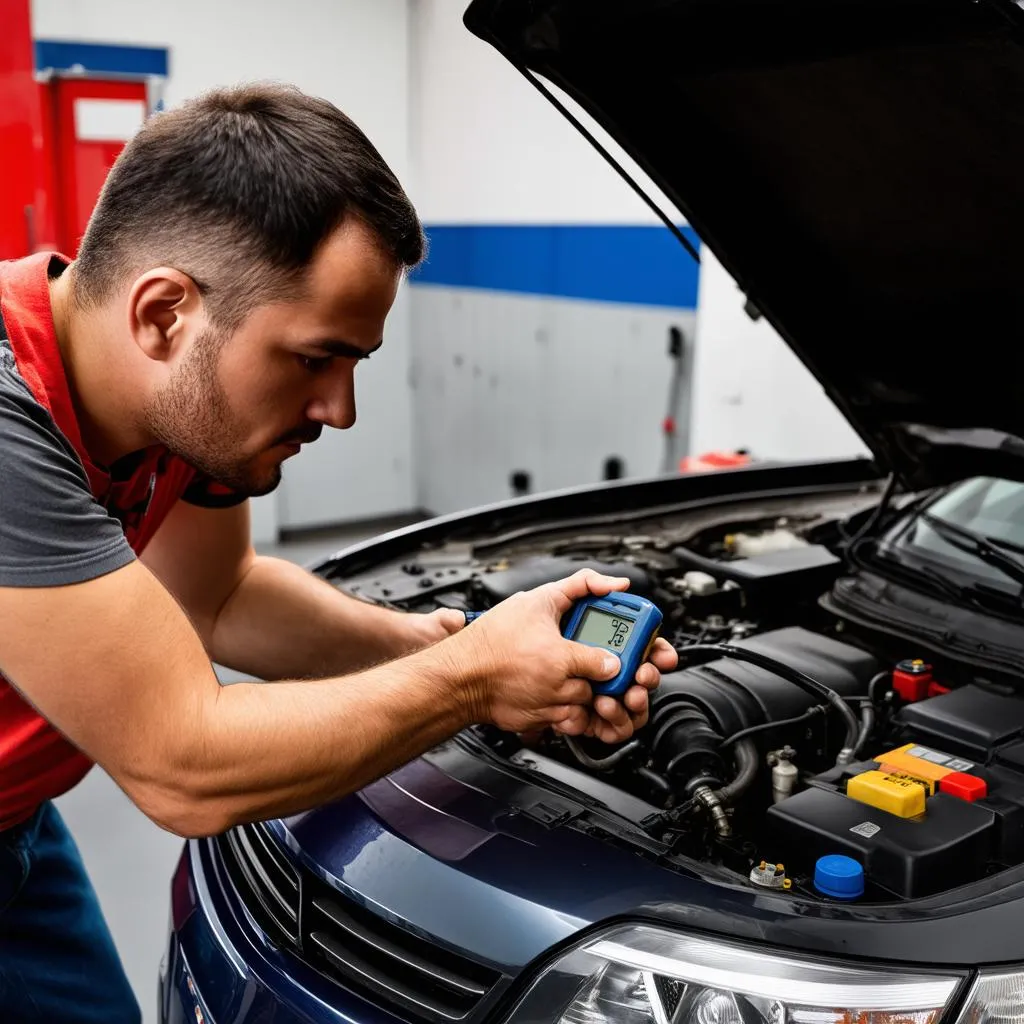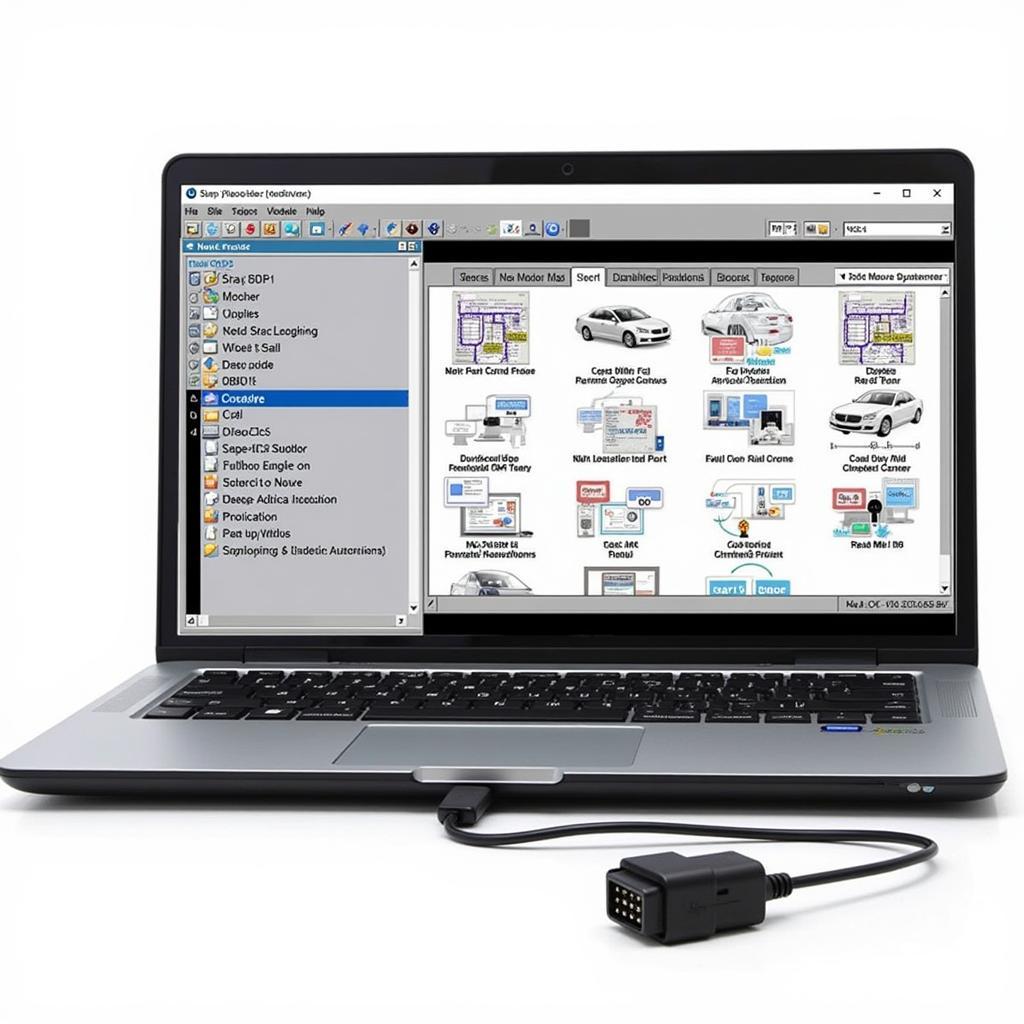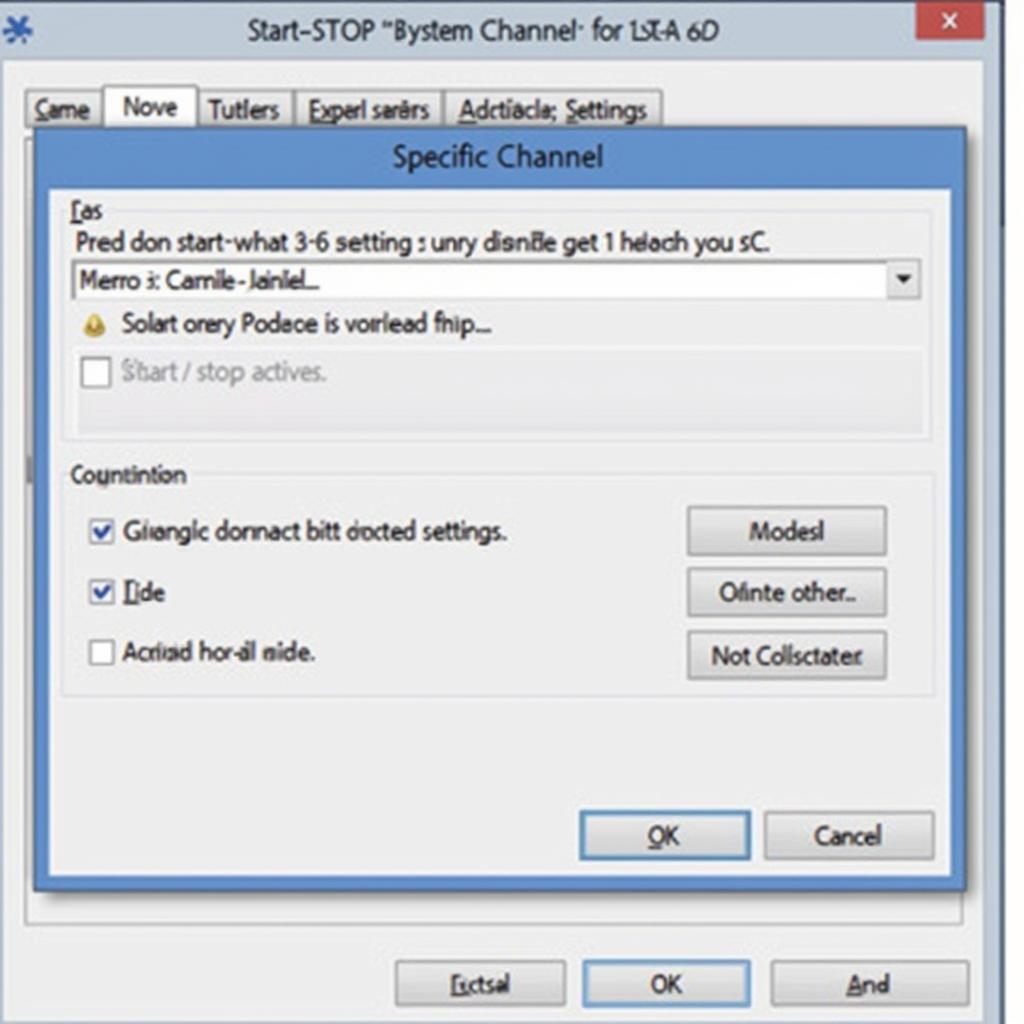Idle speed adjustment is a common procedure performed on vehicles using the VCDS (VagCom Diagnostic System). This guide will walk you through the process, explaining its significance and addressing frequently asked questions.
Understanding Idle Speed and VCDS
Before diving into the adjustment process, it’s crucial to grasp the fundamentals of idle speed and the role of VCDS.
What is Idle Speed?
Idle speed refers to the rotational speed of the engine when the vehicle is not in motion, typically measured in revolutions per minute (RPM). Maintaining a stable idle speed is vital for several reasons:
- Preventing engine stalling: A low idle speed can cause the engine to stall, especially when the air conditioning or other electrical loads are engaged.
- Ensuring smooth operation: A fluctuating or erratic idle can lead to vibrations and a less comfortable driving experience.
- Optimizing fuel economy: An excessively high idle speed can unnecessarily consume fuel.
The Role of VCDS in Idle Speed Adjustment
VCDS, a powerful diagnostic and modification tool for VAG group vehicles (Volkswagen, Audi, Seat, Skoda), allows mechanics and enthusiasts to access and modify the car’s engine control unit (ECU). This access enables adjustments to various parameters, including the idle speed, providing precise control over the engine’s behavior.
Performing a VCDS Idle Speed Adjustment
Adjusting the idle speed using VCDS requires some technical proficiency. If you are uncomfortable working with your car’s ECU, it’s recommended to consult a qualified mechanic.
Note: The exact steps might vary slightly depending on the specific vehicle model and year. Always refer to the vehicle’s service manual or seek professional guidance if unsure.
General Steps:
- Connect VCDS: Connect the VCDS interface to your vehicle’s OBD-II port and launch the VCDS software on your computer.
- Establish Communication: Turn on the vehicle’s ignition (engine off) and establish communication between the software and the car’s ECU.
- Access Engine Module: Navigate to the engine module within the VCDS software.
- Locate Idle Speed Adaptation: Find the “Idle Speed Adaptation” or a similarly named function. This might require navigating through different sub-menus.
- Adjust Idle Speed: Follow the on-screen prompts to adjust the idle speed value. Typically, you can increase or decrease the RPM in small increments.
- Save Changes: After making the desired adjustments, save the changes in the ECU.
- Verify Adjustment: Start the engine and observe the idle speed. Ensure it stays stable and within the desired range.
 VCDS Idle Speed Adjustment Screen
VCDS Idle Speed Adjustment Screen
When is a VCDS Idle Speed Adjustment Necessary?
While a stable idle speed is generally maintained by the car’s ECU, situations might arise where manual adjustment becomes necessary. Some common scenarios include:
- Aftermarket modifications: Installing performance parts, such as a new intake or exhaust system, can alter airflow and potentially affect idle speed.
- Carbon buildup: Over time, carbon deposits can accumulate in the throttle body or intake manifold, disrupting airflow and impacting idle stability.
- ECU software updates: Software updates to the ECU might necessitate idle speed adjustments to align with new parameters.
Frequently Asked Questions (FAQs)
Q1: Is it safe to adjust the idle speed using VCDS?
A: When performed correctly by someone familiar with the process and aware of the potential risks, VCDS idle speed adjustment is generally safe. However, incorrect adjustments can potentially harm the engine.
Q2: Can I reset the idle speed to factory settings?
A: Yes, VCDS typically allows resetting the idle speed adaptation to its default factory settings. This can be helpful if adjustments have been made previously, and you want to revert to the original configuration.
Q3: I’m experiencing rough idling. Is a VCDS adjustment the solution?
A: While a VCDS idle speed adjustment might seem like a quick fix for rough idling, it’s essential to diagnose the underlying cause. Rough idling can stem from various factors, including spark plug issues, vacuum leaks, or faulty sensors.
 Mechanic Diagnosing Car Engine
Mechanic Diagnosing Car Engine
Need Help? Contact Cardiagtech
CARDIAGTECH offers a range of professional-grade automotive diagnostic tools, including VCDS, to help you work on your vehicles. If you have any questions or need assistance with your VCDS system or any other automotive diagnostic needs, feel free to contact our expert team for guidance and support.


